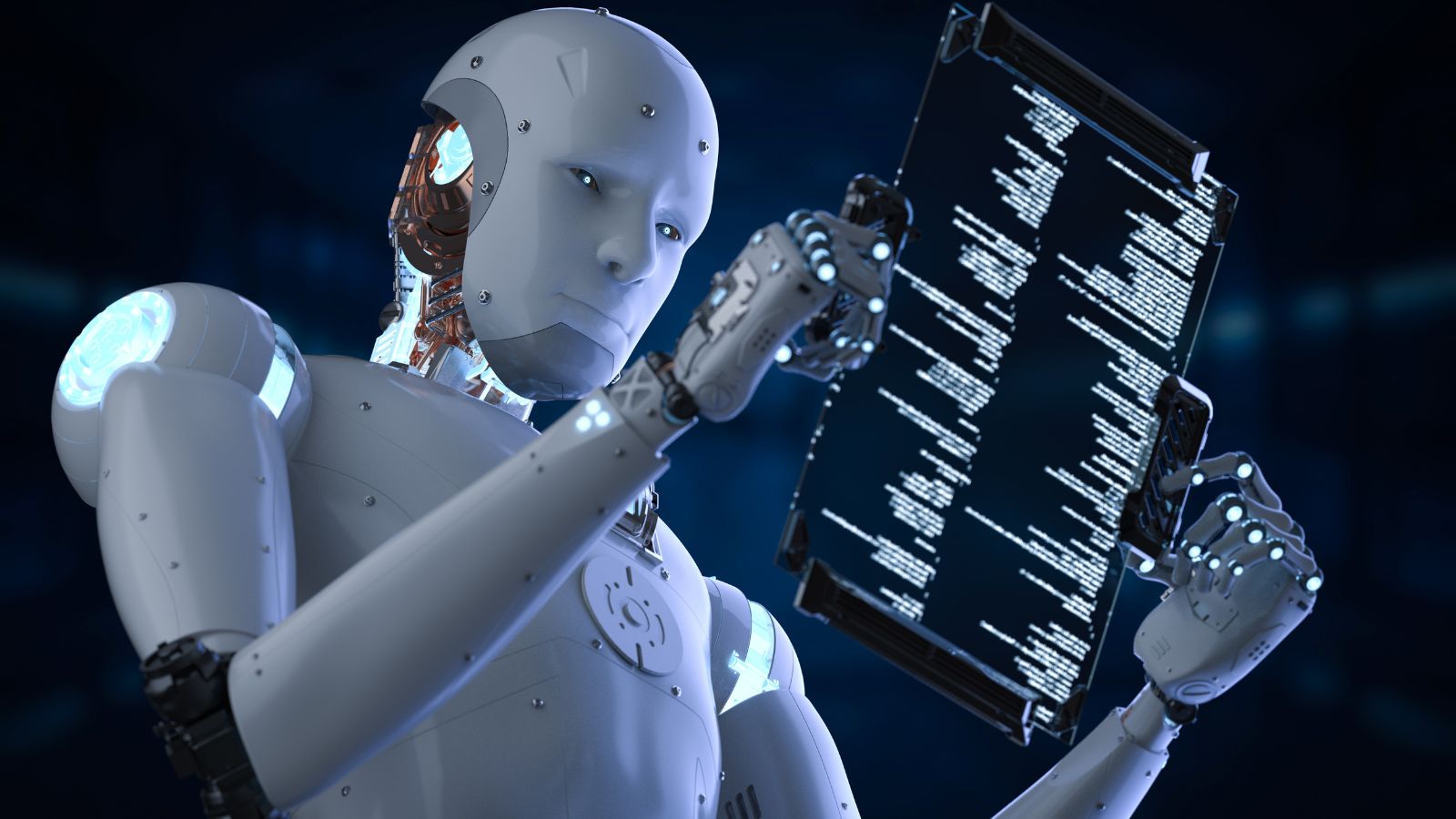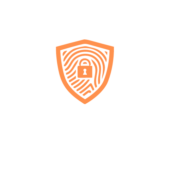 What if your most reliable teammate never sleeps, never forgets a deadline, and always has the latest data at hand? What if your meetings, reports, and roadmaps could be prepared by someone—or something—that understands your team’s priorities as well as you do? This isn’t science fiction. It’s the new reality of work, powered by AI coworkers.
What if your most reliable teammate never sleeps, never forgets a deadline, and always has the latest data at hand? What if your meetings, reports, and roadmaps could be prepared by someone—or something—that understands your team’s priorities as well as you do? This isn’t science fiction. It’s the new reality of work, powered by AI coworkers.
These intelligent, autonomous agents are more than just productivity tools. They’re reshaping how businesses operate and how teams collaborate. From participating in meetings to coordinating complex projects, AI teammates are becoming indispensable partners—ushering in a new era of workplace synergy where human creativity and machine precision come together.
From Assistants to Allies
Traditional automation has long handled repetitive tasks—scheduling, data entry, notifications—but AI coworkers go further. These systems are autonomous, context-aware, and capable of understanding broader objectives. They interpret unstructured information, track team goals, and proactively suggest actions. In other words, they’re not just doing what they’re told—they’re thinking ahead.
Modern AI agents monitor workstreams and surface insights before they’re requested. In a marketing team, for instance, one of these agents might notice declining engagement in a campaign, analyze customer behavior, and suggest an A/B test with improved messaging. For engineering, it might flag inefficiencies in sprint cycles and propose adjustments based on delivery trends. These are not commands executed—they are strategic contributions.
A New Kind of Collaboration
The presence of AI in a team setting changes how humans collaborate. Rather than being an external force or standalone tool, an AI coworker becomes part of daily conversations. It participates in Slack channels, comments on documents, and even takes meeting notes with contextual understanding.
Because these agents continuously learn from team interactions, they become more aligned with a company’s voice, values, and workflows over time. Their contributions aren’t generic—they’re tailored, contextual, and timely. This creates a hybrid team where decision-making is faster, documentation is automatic, and execution is streamlined.
Real-World Scenarios
Let’s look at a few ways AI coworkers are already making a tangible impact across different business functions:
- In Project Management: AI agents monitor timelines, dependencies, and workloads, then adjust schedules or alert managers to bottlenecks—before deadlines are at risk.
- In Customer Experience: They synthesize customer feedback from multiple channels and proactively suggest responses or product changes to address concerns.
- In Finance: They analyze financial trends, forecast scenarios, and prepare reports that previously took days—now ready in minutes.
- In HR and Operations: AI coworkers help manage employee onboarding, extract insights from engagement surveys, and streamline compliance reporting.
A standout platform making this kind of impact is Coworker.ai, which has been successfully embedded across departments to serve as a highly capable, autonomous teammate. Its ability to adapt to different business functions while remaining context-aware makes it a go-to solution for teams ready to boost their productivity without increasing headcount.
Building Trust with Machines
For AI coworkers to thrive, humans must trust them. Trust is built in two ways: transparency and performance. Advanced AI platforms now log their actions, explain their reasoning, and provide citations when drawing from internal data. Users can audit their work, challenge assumptions, and give feedback that fine-tunes behavior over time.
This feedback loop is essential. It not only improves the AI agent’s accuracy but also fosters a sense of control among human teammates. As confidence grows, teams begin to offload more responsibility to their digital counterparts—an act that signals a shift from skepticism to reliance.
Ethical Considerations and Team Culture
While the technology is powerful, companies must be deliberate in its use. AI coworkers raise important questions about job design, bias, and accountability. Who is responsible when a machine makes a poor decision? How can we ensure these systems don’t amplify workplace inequities?
To address these concerns, forward-thinking organizations are establishing internal AI ethics guidelines, training employees on responsible AI use, and ensuring that digital teammates are always working under human oversight.
Moreover, companies are integrating AI into their team culture—not as a replacement for human relationships, but as a partner that enhances them. The most successful implementations involve clear communication, defined boundaries, and a shared understanding of what the AI is (and isn’t) meant to do.
The Skills Shift
As AI teammates take on more cognitive tasks, human roles are evolving. Creativity, emotional intelligence, critical thinking, and complex problem-solving are becoming more valuable than ever. Rather than focusing on execution, professionals are moving into roles where they interpret AI output, provide strategic direction, and innovate on top of insights generated by machines.
This also means that learning to work with AI—prompting it effectively, validating its work, and guiding its development—has become a critical skill in the modern workplace. Teams that treat AI collaboration as a capability, not just a convenience, are the ones setting themselves up for long-term success.
A Glimpse Into the Future
Looking ahead, the trajectory is clear: AI coworkers will become more autonomous, more specialized, and more integrated into every layer of business. Imagine entire departments where half the team is digital—handling compliance, monitoring trends, drafting reports—while humans focus on strategy, storytelling, and innovation.
Eventually, we may see AI agents that collaborate not just within one company but across partner ecosystems—coordinating supply chains, negotiating terms, and building consensus across organizations. These agents could also evolve to become mentors, training new employees or helping them navigate internal systems.
The organizations embracing this future now—deploying AI not just for automation, but as a core part of the team—will be the ones that lead in efficiency, adaptability, and innovation.
Final Thoughts
The arrival of AI coworkers is not a threat to human contribution—it’s a new beginning for it. By removing the noise and friction of administrative burden, these agents amplify what makes human teams extraordinary: their creativity, vision, and connection. As we enter this next chapter in organizational life, the best outcomes will come from human and machine, working side by side—not in competition, but in collaboration.
